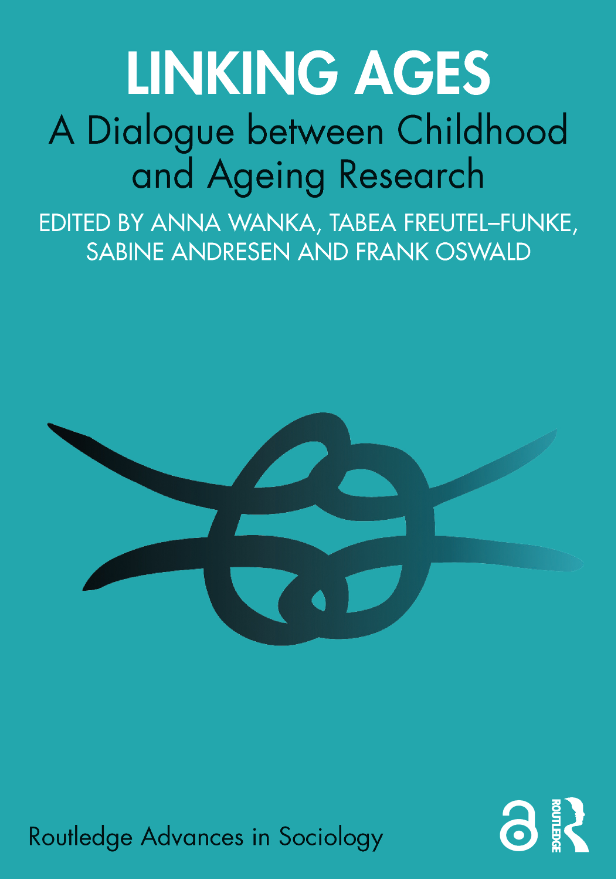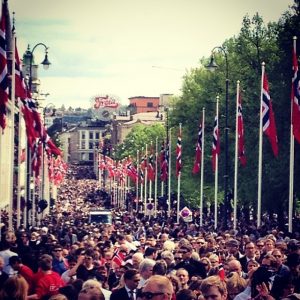 New article describes the innovative co-created approach adopted by Portugal’s most innovative age-friendly initiative: The Cascais Protocol
New article describes the innovative co-created approach adopted by Portugal’s most innovative age-friendly initiative: The Cascais Protocol


 New article describes the innovative co-created approach adopted by Portugal’s most innovative age-friendly initiative: The Cascais Protocol
New article describes the innovative co-created approach adopted by Portugal’s most innovative age-friendly initiative: The Cascais Protocol





Demographic data such as age, gender, and income, is perhaps the single most important source of information for city planners. As ageing in urban settlement emerges as a global demographic trend, a better understanding of the importance and limitations of demographics should be placed at the top of researchers’ list of priorities.
City planners are demographic data-dependent. That is, they rely on the composition of the neighborhoods and regions to make their decisions. To illustrate the importance of basic population information as the core facet of any city’s decisions, we can simply remember that most of a city’s standards are expressed in terms of population: The number of students per classroom, the number of trash bins by resident, and so forth.

Da Oslos eldre innbyggere ble spurt om hva som opptar dem, sto transport øverst på lista. Dette vil kanskje overraske noen, men det gir mening når vi anerkjenner den sentrale rollen transportmidler har i å forme byene og livsstilen vår.
Helt siden den industrielle revolusjonen har transportmidler symbolisert potensialet til og kampen mellom teknologiske paradigmer. Dette er en gjensidig skapende prosess som har innvirkning på alle aspekter av livene våre. Dampmaskinene symboliserte sin epoke, og bilen har dominert siden tidlig på 1900-tallet. En rask titt på hvordan byene våre er utformet avslører bilens totaldominans. Uten bilen ville ikke forstadslivet være mulig.

Befolkningsaldring og urbanisering er de to viktigste demografiske trendene som påvirker verden i dag. Ikke bare har menneskeheten oppnådd privilegiet å leve lengre liv, men andelen eldre som del av befolkningen også. Norge leder an i denne utviklingen og Oslo har en spesielt viktig rolle å spille. For fullt ut å nyte godt av fordelene den imponerende utviklingen som økt levealder er en konsekvens av, må vi møte befolkningsaldringen med åpne armer og gjøre Oslo til en enda mer aldersvennlig by.

On Monday, 20th of November, HiOA and the city of Oslo will host the first debate about the development of an Age-Friendly City. The event is free and will have the presence of HiOA’s rector Curt Rice, and Inga Marte Torkildsen from the City Council for Elderly, Health and Social Services in Oslo.
A heritage of Roman culture developed by Portuguese during the nineteenth century, the Portuguese pavement is a good example of the potential dilemmas that can arise from age-friendly initiatives. That ancient city technology is not only a smart and eco-friendly solution but also an infinite source of inspiration for artists.
However, when it comes to pedestrian safety, in particular the safety of frail citizens, the Portuguese pavement might not be the most adequate technology available. In fact, it might represent a significant increased risk.
In this video (published in February 2013) IBM presents their view for an “Age-Smart City”:
https://www.youtube.com/watch?v=kDvW8R4BL0I
As usual, the perspective about ageing is pretty narrow. However, the video can be a good starting point for a discussion and brings some interesting examples.
Have you ever seen a penguin slip?